Potting mix vs. soil: What’s the difference?
Think of your indoor and outdoor plants a little bit like Goldilocks: They need a just-right potting mix or soil to help them really thrive. And although the words “potting mix” and “potting soil” are used often interchangeably, they refer to different products with different uses — and using the wrong one can impact how well your plants grow.
So before you repot your favorite houseplant or set up your container gardens or garden beds, learn whether potting mix, potting soil, or garden soil will be the right choice for your gardening project.
What is potting mix?
Potting mix isn’t soil at all—and it contains no actual dirt or earth. It’s a sterile mixture made up of organic matter like peat moss and organic materials that’ll help promote drainage. Common ingredients in a potting mix include coir, moss, perlite, and vermiculite. Potting mix may also contain fertilizers and other ingredients to help support the health of your plant.
The materials in potting mix are meant to help promote growth. They’re sterile, so there are no harmful bacteria, fungi, weed seeds, or other contaminants. Potting mix also helps provide an optimal environment for potted plants with plenty of drainage to avoid root rot.
Feed your houseplants
Even if the potting mix includes fertilizers, they won’t feed your houseplants forever. You’ll want to continue fertilizing your plants regularly to help them thrive.
What is potting soil or garden soil?
Both potting soil and garden soil are used interchangeably for the kind of potting material you’d use in outdoor garden beds. These formulations typically include some actual dirt, unlike potting mix, and as a result they aren’t sterile. They generally also include some of the ingredients you’ll find in a potting mix, to help aerate the soil. Depending on the formulation, they may have fertilizers, compost, and other ingredients included to help promote garden growth.
Potting or garden soil may require additional soil amendments added, such as organic materials that improve drainage or fertilizers, if they aren’t contained in the potting soil.
How to tell the difference between potting soil and potting mix
For the easiest way to tell your potting mix from your potting soil, is to simply check the name. Potting mixes will not contain the word “soil” — in fact, they’ll usually specifically say that they’re “soil-less,” so if soil is in the name, it’s garden or potting soil.
Another way to tell the difference? Pick up the bag! Potting mixes are less dense and much lighter than garden soils, so you’ll notice a big difference in weight between the same-sized bags of potting mix and potting soil.
When to use potting soil vs. potting mix for your plants
Potting mix is meant for houseplants, seed starting, and container gardens. Since it’s less dense and much lighter than garden soil, it makes it easier to move plant pots around — that’s especially important for large houseplants or containers that you need to shift. Basically, if you’re planting in containers, potting mix is what you need.
Potting soil is what you’ll want to use for general gardening, including raised beds — especially as it tends to be a much cheaper product to use over a large square footage. Avoid using potting soil for containers, as its denser makeup can create issues with drainage and soil compaction in your houseplants or outdoor containers.
You may need to have more than one type of potting mix or potting soil available in your gardening arsenal, especially if you’re a plant parent to a diverse crop of plants. Different products offer different blends of materials that are ideal for different types of plants. For instance, a potting mix for succulents features sand to mimic a desert environment, while potting mixes meant for orchids contain more drainage-promoting materials like bark or charcoal. Another option if you don’t want to have a library of different potting mixes available — use a general-purpose potting mix, but add in amendments to suit each plant’s ideal conditions.
(Real Simple magazine provides smart, realistic solutions to everyday challenges. Online at www.realsimple.com.)
©2025 Dotdash Meredith. All rights reserved. Used with permission. Distributed by Tribune Content Agency, LLC.

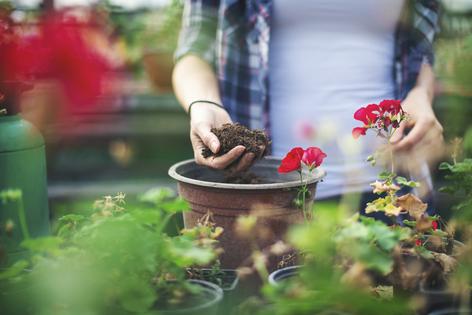
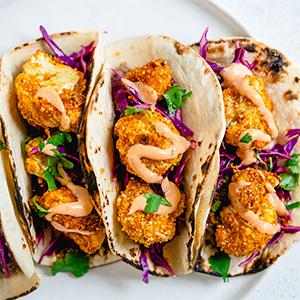
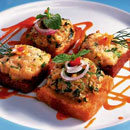

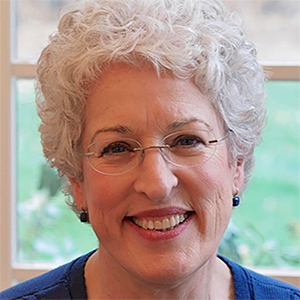


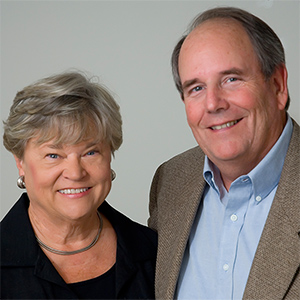




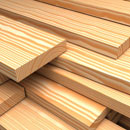

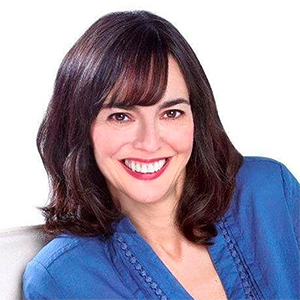


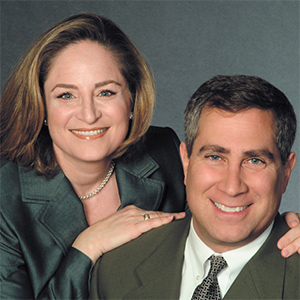



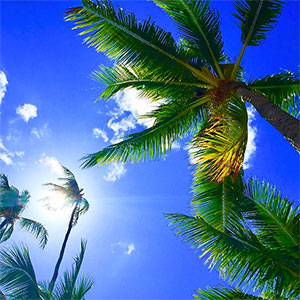







Comments